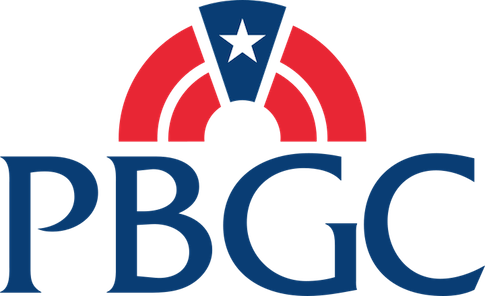The federal government’s backstop for troubled pension funds is facing a record-setting deficit, increasing the likelihood of a taxpayer-funded bailout.
The Pension Benefit Guaranty Corporation (PBGC), which terminates and takes over retirement systems for struggling companies, ran up a $34 billion deficit as of Sept. 30, 2012. That figure is triple the $11 billion deficit the agency had at the end of the Bush administration and its $26 billion deficit 2011.
"PBGC has enough funds to meet its obligations for years," PBGC director Josh Gotbaum said in a statement. "But without the tools to set its financial house in order and to encourage responsible companies to keep their plans, PBGC may face for the first time the need for taxpayer funds."
The PBGC has banked $76.1 billion since its founding in 1974. However, its liabilities have grown during the recession as costly pensions have dragged companies into bankruptcy.
The agency is independent of the federal government and does not receive taxpayer dollars, instead relying on premiums paid by private companies and investment growth to insure private pensions.
Those premiums have not generated enough revenue to sustain the organization, however. Companies contributed more than $2 billion in premiums in 2012 while the PBGC paid out nearly $5.5 billion in benefits.
"The premiums that PBGC is permitted to charge are inadequate to cover the benefits that, by law, PBGC insures," the report states. "Absent changes, eventually PBGC will have insufficient funds to pay benefits."
Under the 1974 Employment Retirement Income Security Act that created the PBGC, Congress sets the premium rates. It has increased them over the years to cope with larger costs, but the Obama administration has proposed taking that responsibility away from Congress and implementing a system in which riskier companies pay higher premiums.
"In the past year, the administration has again proposed to strengthen the PBGC by reforming its premium authority," Labor Secretary Hilda Solis said in the report. "This proposal would ensure that the PBGC has the funds to do its job while providing incentives for employers to continue offering pension plans and to improve plan funding so that they keep their pension promises."
The Obama plan stands in stark contrast to that of the Bush administration, which reduced the PBGC’s debt from $23.3 billion in 2004 to $11 billion in 2008.
Bush attempted to overhaul PBGC finances by freeing up the agency to invest in the stock market, which generates far more money than premiums. The Republican plan would have allowed the PBGC to invest up to 45 percent of its portfolio in the stock market, triple the previous equity limits. This would have freed the agency from investing between 75 and 85 percent of assets in low-risk, low-return fixed income assets, Bush officials argued.
The agency was set to implement the plan in the spring of 2009, but the Obama administration balked after Democrats called it too risky.
Ron Gebhardtsbauer, who served as the PBGC’s chief actuary before becoming the head of the actuarial science program at Penn State Univeristy’s Smeal College of Business, estimates that Obama’s decision cost the PBGC $10 billion in unrealized gains between 2009 and 2010 as the stock market rebounded after the crash of 2008.
"If the PBGC had followed [Bush PBGC appointee Charles] Millard and invested in stocks in 2009, it could have $10 billion more in assets today," he said.
"Now I know there are good studies that say the PBGC should immunize [invest only in bonds that match their liability payouts], but the PBGC is not a private sector company that has to have assets greater than liabilities, so it can wait out the down market cycles."
Those losses have only mounted as the stock market rose while artificially low interest rates have reduced returns on fixed income assets and increased long term liability. That realization led the administration to adopt a less stringent approach to stock market investing with 70 percent of assets in fixed income and 30 percent in equity and other investments.
The PBGC grew by 12.6 percent in 2012 but fell well below the 20 percent benchmark set for the agency had it kept 60 percent of its portfolio in the stock market. The majority of those gains came from a 22.6 percent jump in equity investments in 2012.
The increased deficits in the agency over the past decade have led the Government Accountability Office to designate the PBGC as a "high risk" agency.
The agency is likely to remain in that position as long as "we control neither the benefits we pay nor the premiums we charge," Gotbaum said.
